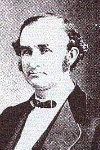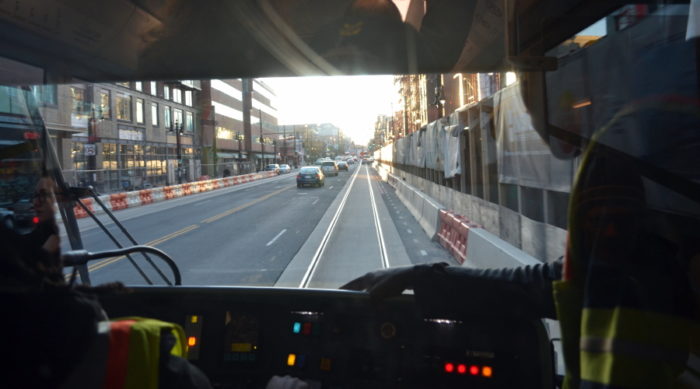
We are coming up to a momentous (well, to me) anniversary: The 10th year after my first Lost Capitol Hill column. It’s hard to believe that I’ve been doing this pretty much without fail for 520 weeks, having amassed a quarter-million closely-researched words in that time.
My first column was, unsurprisingly, about public transportation, a subject I have returned to many times since then. So, today, I will try to string together the history into one link-heavy overview.
Public transportation in the District began simultaneously with the arrival of the Federal government in 1800, with a stagecoach that operated between Capitol Hill and Georgetown. Since there was only one trip in each direction each day, it was hardly useful for anyone attempting to use this to commute every day. It would be another 30 years before anything further appeared, and even then, the schedules were irregular and uncertain, more a pooled taxi than a regular service.
The first person to try to improve this was Gilbert Vanderwerken, who in the late 1840s relocated to Washington and set up a regular horses-drawn omnibus connection between the Navy Yard and Georgetown. Vanderwerken realized over the next ten years that the real market lay in street railway, but was never able to make this a reality.
Vanderwerken was hardly the only person with this idea, and over the next ten years, multiple people tried and failed to get a street railway started. It was not until well into the Civil War that, finally, a railway system was begun.

While rail-run streetcars soon became the dominant form of public transportation, there was still some use for regular horsedrawn carriages, such as the ones employed by the Herdic Phaeton Company. The company was named for Peter Herdic [pictured] who had designed the carriages to be easier to enter and exit, an improvement over previous models.
In the last decade of the 19th century, a new form of locomotive power came to replace the old horsedrawn carriages: cable cars. Pulled along by long cables buried under the street, these cars were more reliable – and a lot less prone to producing foul-smelling waste.
The cable cars lasted only about ten years, and were soon replaced by new electric street cars.
This form of transportation dominated D.C. for the next half-century, and remains of its hey day are still visible all across the Hill, whether as a tunnel or car barns or even remains of the tracks themselves.
Today, we have Metro and buses crisscrossing the Hill – and of course the H Street streetcar that hearkens back to the heyday of public transportation on the Hill.
